Slovakia announces the CV90 Mk IV as its preferred IFV
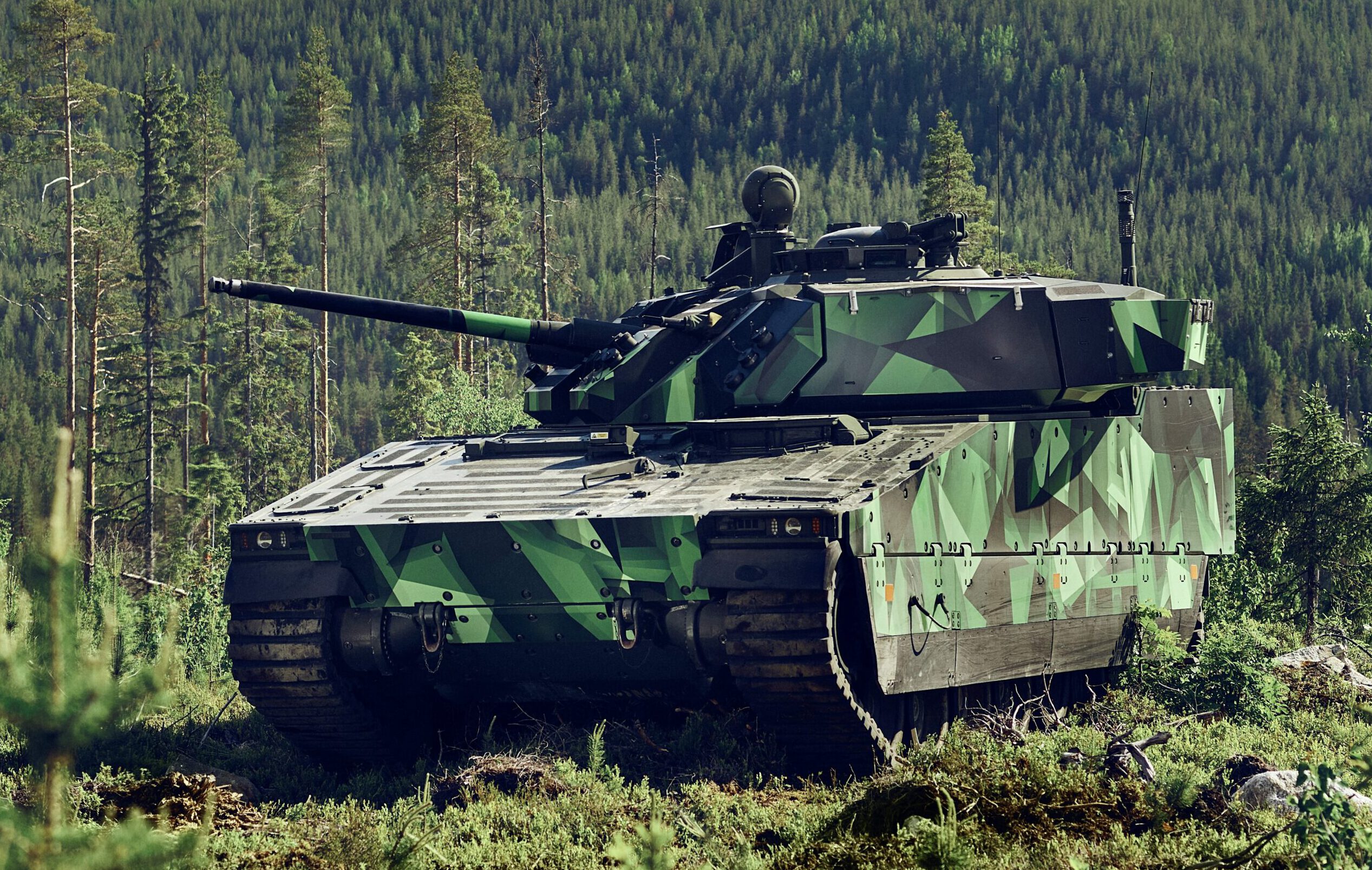
The Slovak Ministry of Defence (MoD) has officially announced BAE Systems’ CV90 Mk IV infantry fighting vehicle (IFV) as its preferred option for the BMP replacement program. As part of this program, the Slovakian armed forces is searching to acquire a replacement for the BVP-1 (local designation of the BMP-1), for the BVP-2 (local designation of the BMP-2) and – on the long run – for the the BVP-M (a modernized BMP fitted with the remotely controlled Turra 30 turret made by the Slovakian company EVPÚ), all of which are not compatible with NATO standards. As part of NATO’s strategy, the Slovakian Army needs to be able to provide a heavy mechanized brigade to military operations of the alliance.
Four options were considered:
- keeping the current mix of Soviet-designed IFVs
- provide the BVP-2 with a mid-life update (MLU)
- replacing the BVP vehicles with foreign systems from industry
- replacing the BVP vehicles with foreign systems purchased in a government-to-government contract
The first option contradicted with the Slovak Armed Forces’ regulations, which stated that the service life of combat vehicles is supposed to be twenty years – the average BVP-2 in Slovakian service is meanwhile 32.4 years old. The lack of passive night vision systems (resulting in a night vision range of only ca. 500 metres when using the active IR searchlight), the poor protection, the incompatibility with NATO standards and the low cost-effectiveness of this solution made it undesirable.
Due to their old service life, the BVP-2 IFV would require a factory-level refurbishment to stay in service, which would cost 356,235 Euros and 40 Cents per vehicle; for a fleet of 90 BVP-2, the total costs would be circa €32 million. The refurbishment process was estimated to last between six and nine months per BVP-2, but the capacity of the Slovak Army’s repair shop is limited to approximately 15 vehicles per year – which means that the total process for 90 vehicles might last four and a half year.
According to the Slovak Ministry of Defence, the old age of the BVP-2 has lead to increased maintenance and repair costs. Between 2017 and 2021, the repair costs amounted to more than €6.7 million, of which €1.97 million were spent on military repairs and €4.73 millions were spent on non-military repairs.

The second option – i.e. upgrading the BVP-2 to meet the desired performance goals – was deemed infeasible. The Soviet BMP-2 design cannot be modified to meet modern NATO standards without massive trade-offs; i.e. meeting STANAG 4569 level 3a/3b protection against mines would result in such a large reduction in internal space that the average Slovak soldier would not fit into the vehicle.
Experience gained with the locally developed Šakal (Jackal) IFV – a highly modified BVP with TURRA 30 unmanned turret, improved powertrain, new internal layout, new electronics, and STANAG 4569 level 3 ballistic and level 2a/1 mine protection – show that the BMP chassis cannot handle the weight required for meeting STANAG 4569 level 5 ballistic and level 3a/3b mine protection. Thus this option was not selected.
Given the inadequacies of the first two options, the fourth option was selected by the Slovak Ministry of Defence. I.e. a Request for Government Proposal (RfGP) for the purchase of 152 new medium-weight tracked vehicles in several different variants (with 110 being configured as infantry fighting vehicle) was sent out to Canada, Switzerland, the United Kingdom, the United States as well as an unspecified number of countries within the European Economic Area.
The resulting selection of the new tracked IFV was limted to four systems:
- the ASCOD was offered by the Kingdom of Spain
- Poland responded offering its new Borsuk
- the CV9030 and CV9035 Mark IV were offered by the Kingdom of Sweden
- Hungary offered the KF41 Lynx
In order for the Slovak Republic to fulfill its obligations towards NATO, the new infantry fighting vehicle has to meet a set of requirements recommended for a heavy mechanized infantry battalion specified in a NATO document on the Capability Codes and Capability Statements (19-003782). The suggested requirement from the document include:
- providing the mechanized infantry with a mobile protected platform that can operate off-road in a high intensity conflict in different climate zones
- being able to defeat armored targets with STANAG 4569 level 4 ballistic protection
- the ability to defeat infantry targets at distances over 500 metres using its coaxial weaponry
- being able to destroy enemy main battle tanks at distances of 2,000 metres or more
- providing ballistic protection in accordance with STANAG 4569 level 5
- providing mine protection in accordance with STANAG 4569 level 3b
Based on these described capability statements, the Slovak Ministry of Defence set the following requirements for its BVP replacement:
- The new IFV must provide a high level of mobility and range that allow deployment in extreme climate conditions without road infrastructure while also being strategic transportable
- It has to be armed with a 30 mm autocannon capable of defeating targets with STANAG 4569 level 4 and level 5 ballistic protection
- The vehicle has to be fitted with a secondary machine gun chambered in 7.62 x 51 mm NATO
- The armament must include a third generation anti-tank guided missile (ATGM) with a range of at least up to four kilometres. This was determined to be the Spike LR2 ATGM from Rafael Advanced Defense Systems
- Ballistic protection has to meet the STANAG 4569 level 5 standard
- Mine protection of the new IFV shall meet the STANAG 4569 level 4a and 4b standards; it has to reach at least level 3a
- The vehicle shall feature radio systems capable to communicate with at least to separate radio networks simultaneously
- A command and control system has to be fully implemented in the vehicle while national and NATO requirements to transmit classified information has to be met
- A number of terrain obstacles representing terrain of the Central European region and the European part of the Euro-Atlantic area must be navigatable by the vehicle
- The vehicle’s chassis must be adaptable to different roles by installing specialized equipment or a superstructure/tower without changing the (performance) properties. The crew must be able to conduct basic repairs by itself
- The vehicle must feature a NBC protection system so that the crew will be alerted and can operate the vehicle without the use of individual protection gear when operating in areas that have been contaminated by weapons of mass destruction
- A hardkill APS for protecting the vehicle against anti-tank guided missiles must be present
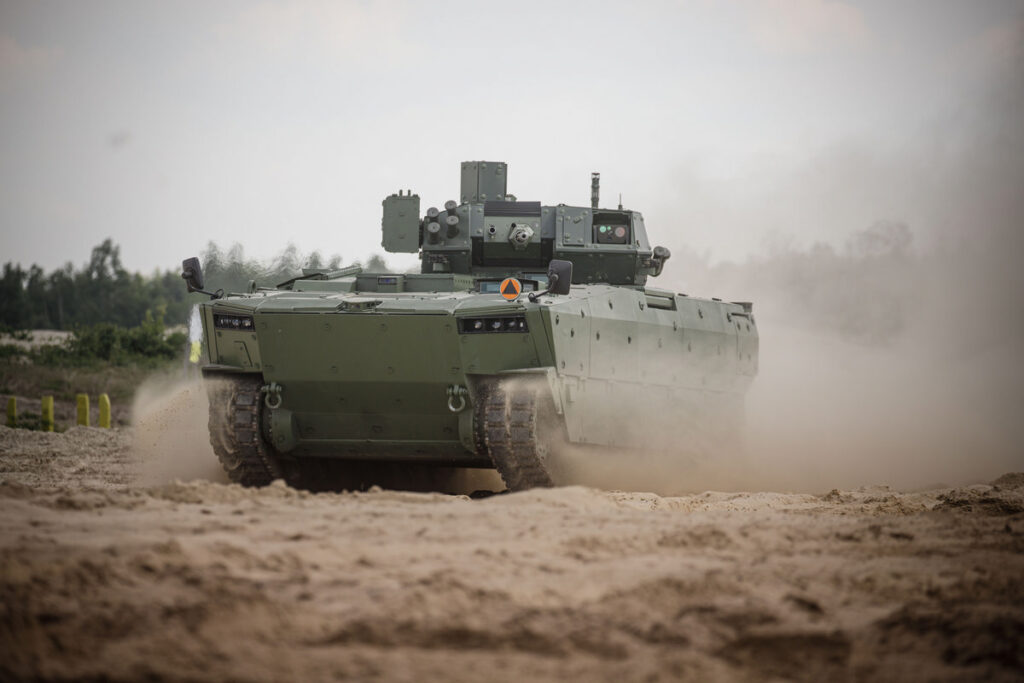
The Polish government offered the Borsuk infantry fighting vehicle developed by the state-owned company Huta Stalowa Wola (HSW). The vehicle received an overall score of 3.72% in the Slovakian tender and placed last. This was mainly the result of the manufacturer not filling out the RfGP to the extend required by the Slovak military, i.e. it lots of informations were not provided. While the amphibious capabilities of the Borsuk were viewed positively, the level of protection was not disclosed, thus only 30 points (out of seemingly 300) were reached in the technical evaluation. It was not clear to what how much domestic value could be added by (co-)producing the Borsuk or its components. HSW also did not disclose when the first Borsuk IFV could be handed over to the Slovak armed forces and how many would be delivered within a given timeframe.
Based on earlier information on the Borsuk, its hull features armor frontally providing ballistic protection according to STANAG 4569 level 4 (i.e. all-around protection against 14.5 mm API ammunition), while the sides, rear and roof of the amphibious vehicle are only armored to reach ballistic protection according to STANAG 4569 level 3. The unmanned ZSSW-30 turret is armored according to STANAG 4569 level 2 only (i.e. it can stop 7.52 x 39 mm API rounds).
Piotr Zbies speculates on his blog that the Borsuk IFV’s hull side armor might be sufficient to reach STANAG 4569 level 4, while the lack of frontal level 5 ballistic protection might be the result of Poland lacking the required guns/ammunition to validate this protection standard. The Borsuk’s mine protection has been stated to be higher than required for reaching STANAG 4569 level 3.
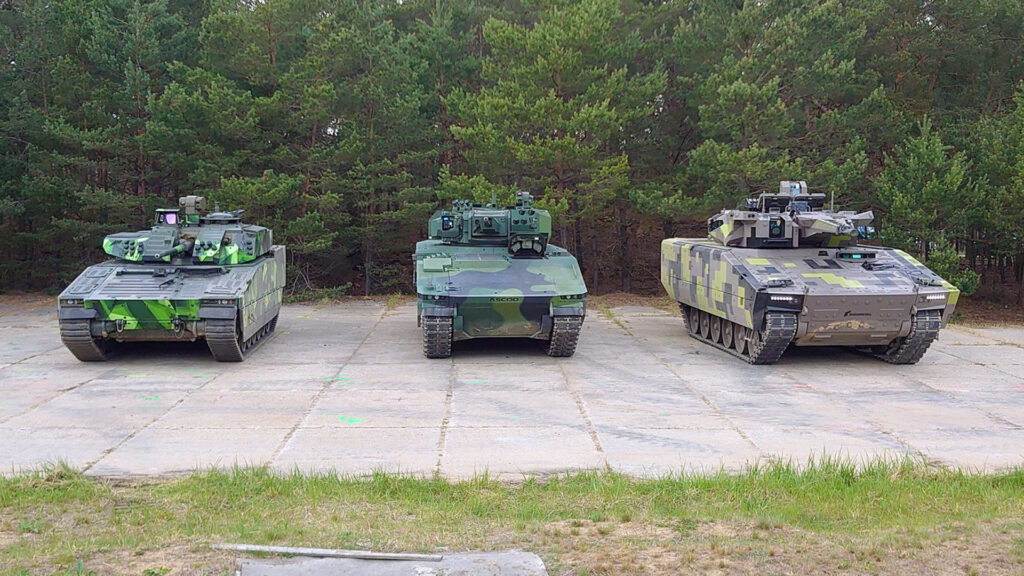
The German company Rheinmetall teamed up with the Hungarian government to offer its KF41 Lynx infantry fighting vehicle; this seems to be the result of Rheinmetall setting up a factory for the production of the Lynx in Hungary in order to produce most of the 218 vehicles ordered by the Hungarian military. The Lynx offer ended in the second place (when counting the CV90 as one vehicle) with the modularity of the design and the large internal space being considered advantageous. Overall the Lynx reached a score of only 90.20%, i.e. it was slightly behind the ASCOD and the CV90 – but the ASCOD was demoted due to unresolved design issues.

While the surplus of internal space was seen as guarantee for further growth potential, the Slovak Army does not plan to utilize eight/nine men infantry squads in its mechanized units; hence the large silhouette of the vehicle was seen as an unneccessary drawback. In terms of protection, the KF41 was offered with STANAG 4569 level 5 ballistic and level 4a/3b mine protection, but Rheinmetall stated that a higher level of protection could be implemented if desired by the Slovak military.
The Lynx would have been able to enter service the quickest, but it was the most expensive offer (not even fitting in the approved budget) and did not perform as well as the ASCOD and CV90 during the firing trials. The Lynx’s Lance turret also does not allow to aim the main armament without electrical power, which was deemed a drawback. The tested prototype was not fully representative for the offered variant.

The ASCOD 42 managed to reach a score of 92.80% being only bested by the CV90 variants – but due to unresolved vibration problems it was demoted to third place. The Slovak MoD believes that the issue is connected to the current design of the vehicle and apparently is the result of the resonance of the vehicle when driving hard surfaces. As the issue apparently has not been solved, it posed a risk of further issues and delays in the project.
The ASCOD 42 was offered with armor providing ballistic protection according to STANAG 4569 level 5 and mine protection according to STANAG 4569 level 4a/4b. If desired a higher level of protection can be implemented. It was fitted with Elbit MT30 turret featuring the Mk 44 Bushmaster II chain gun and a pop-up dual launcher for the Spike LR2 ATGM.
The vehicle also offers sufficient space for an eight men squad, even though that wasn’t a requirement. A major drawback of the ASCOD was the fact that the Spanish offer provided the lowest amount of domestic work share and also scored poorly in terms of logistics.
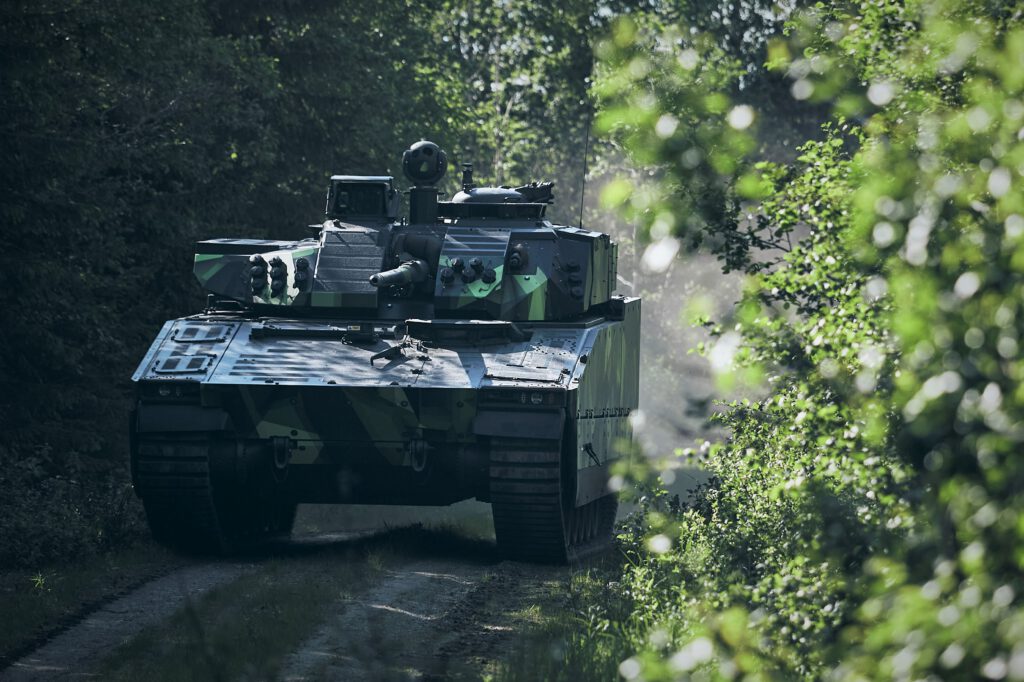
The best performing IFV in the Slovak tender was the CV90 Mk IV. It was offered in two different configurations – as the CV9030 with a 30 mm Mk 44S Bushmaster II gun and as the CV9035 with a 35 mm Bushmaster III gun. It reached a score of 99.67% in case of the CV9030 variant, while the CV9035 offer scored a bit lower – reaching an overall score of 97.76% – mainly due to the higher price of the 35 mm autocannon and the fact that the Bushmaster III gun can currently not be produced in Slovakia under license.
The CV90 had the best results in the firing trials and also provided the highest amount of domestic workshare. It was offered with STANAG 4569 level 5 ballistic and level 4a/4b mine protection. The Swedish offer also was perceived positively due to the existence of a large CV90 owner’s club that is constantly working on – or funding – the development of new improvements and sub-systems.
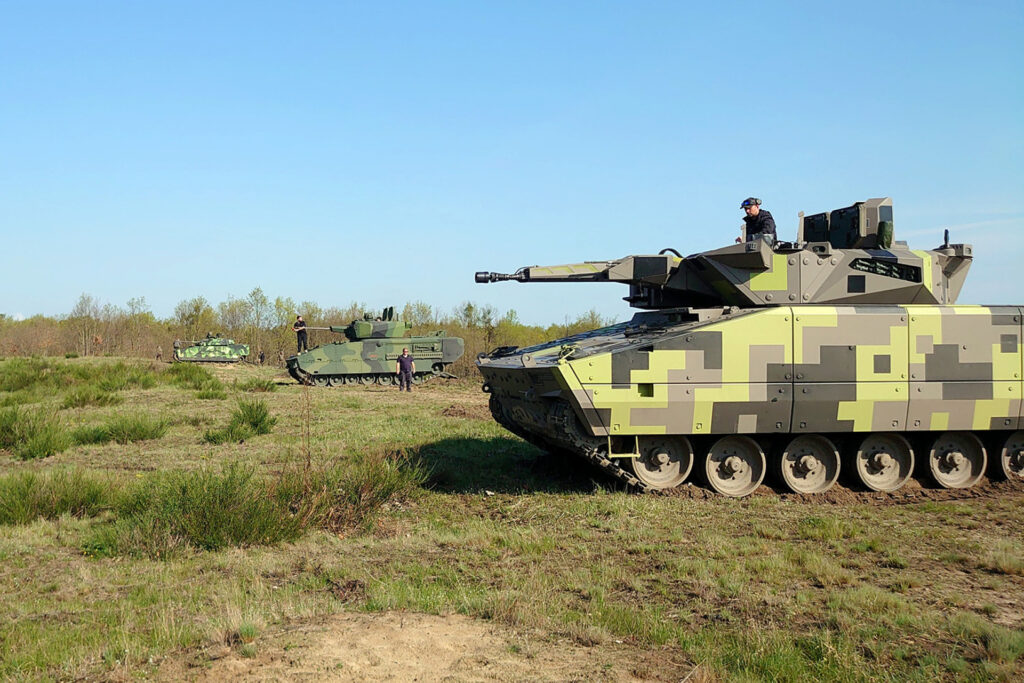
The ASCOD 42, the CV90 and the Lynx all met the fundamental requirements of the Slovak Army, though it appears that most of the tender is the result of a “paper evaluation” without a deeper look at performance of individual sub-systems and the effects on overall vehicle performance. I.e. only selected tactical and technical requirements were tested during a period of five days (from second to sixth of May) – with the three vehicles being tested in sequence rather than side-by-side. When clarification was needed, individual tests were conducted with the vehicles in the countries offering the vehicles.
| CV9030 Mk IV | 1,669,093,939 € |
| CV9035 MK IV | 1,688,845,030 € |
| ASCOD | 1,724,882,231 € |
| KF41 Lynx | 1,854,089,739 € |
The Lynx offer was outside of the 1,738,931,000 € allocated budget, while the CV9030 Mk IV turned out to be the cheapest option. The Slovak Ministry of Defence also requested data regarding the possibility to defend the vehicle against loitering ammunitions, UAVs and anti-tank guided missiles. An hardkill APS was also part of each offer with the one being offered by Hungary (potentially the StrikeShield APS) being viewed positively due to its lower price.
None of the offered IFVs featured a turret that reached the Slovak requirement to store 320 rounds of 30 x 173 mm ammunition and 1,000 rounds of 7.62 mm ammunition in a ready-to-fire configuration, but all vendors signaled the willingness to modify the turret accordingly.
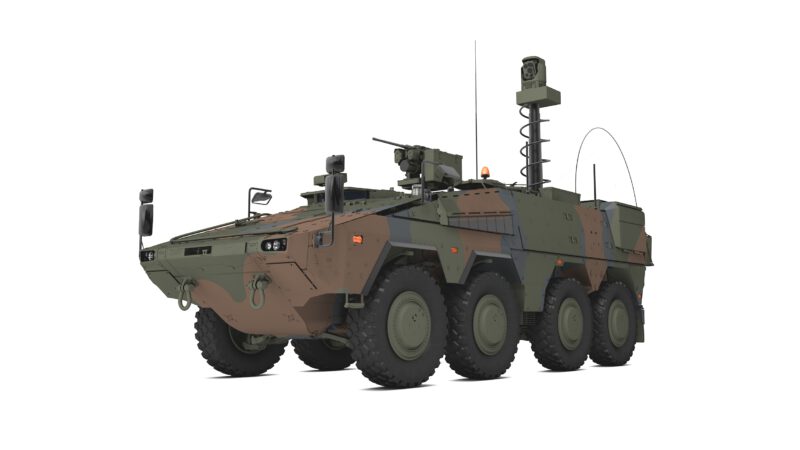
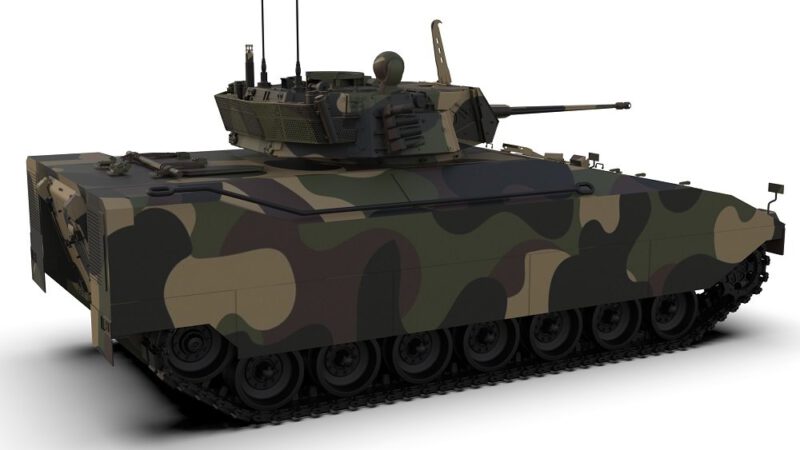
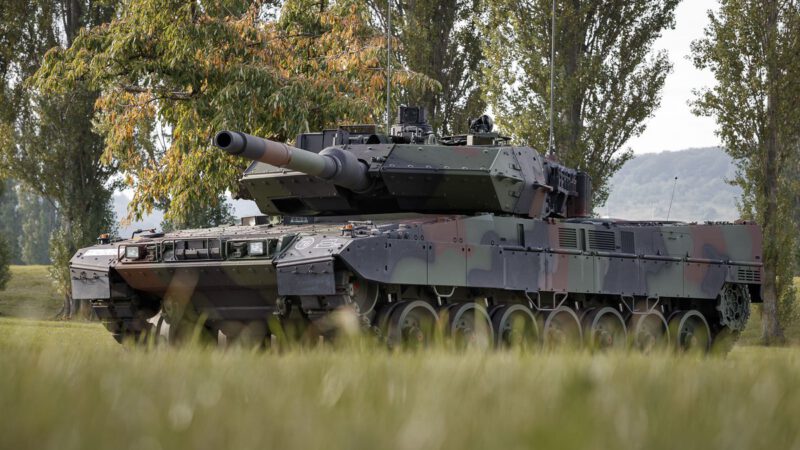


From Spain, Thank you very much for coming back !